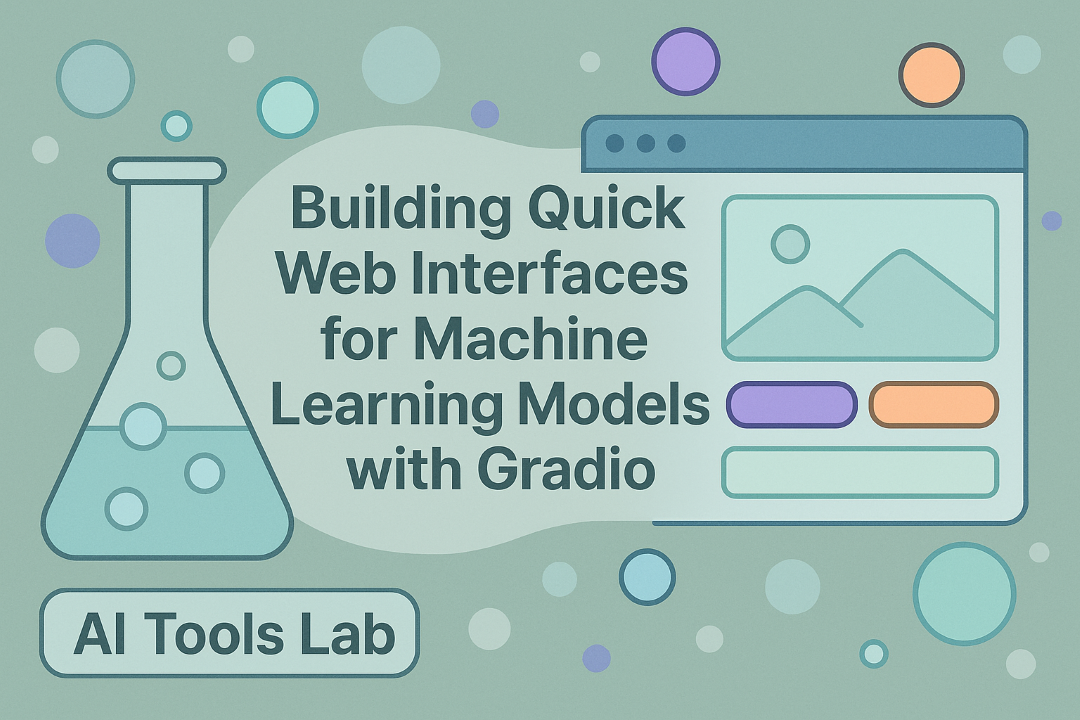
Building Quick Web Interfaces for Machine Learning Models with Gradio
What if you could turn any machine learning model into a web app with just three lines of Python code? Jason Hand and Ryan MacLean kick off their AI Lab Experiments project by tackling this exact challenge with Gradio. Ryan walks through the surprisingly simple process of creating web interfaces for ML models, from setting up virtual environments to loading Hugging Face spaces locally. Watch as they transform complex AI models into user-friendly interfaces, including a question-answering system and image generation tool. Perfect for backend developers who want to showcase their ML work without diving into JavaScript frameworks.
What if you could turn any machine learning model into a web app with just three lines of Python code? Jason Hand and Ryan MacLean kick off their AI Lab Experiments project by tackling this exact challenge with Gradio. Ryan walks through the surprisingly simple process of creating web interfaces for ML models, from setting up virtual environments to loading Hugging Face spaces locally. Watch as they transform complex AI models into user-friendly interfaces, including a question-answering system and image generation tool. Perfect for backend developers who want to showcase their ML work without diving into JavaScript frameworks.
Jump To
Key Takeaways
- Gradio is a very easy way to get a Huggingface Space locally (via `load`)
- It provides a simple way to build frontends for ML applications
- When installing, make sure to create a virtual environment first
- Ensure to install Gradio in that environment after activation
- Do not try to run your project in the `Gradio` repo by mistake
- Gradio is particularly useful for quickly creating interfaces to demonstrate ML models
